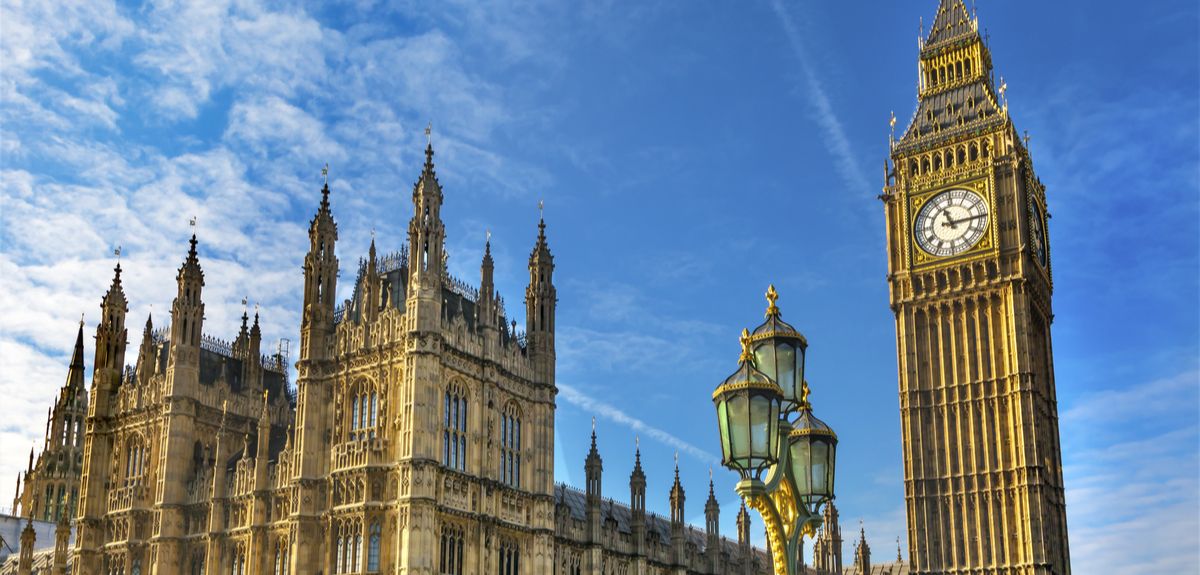
Image credit: Shutterstock
A scientist’s week in Westminster
Professor Peter Magill, Deputy Director of the MRC Brain Network Dynamics Unit at the University of Oxford, gives his account of a week of science and policy in Westminster as he began his participation in The Royal Society’s Pairing Scheme.
Once a year, around 30 scientists are paired up with UK parliamentarians and civil servants by the Royal Society, to foster interactions and mutual understanding between researchers and policymakers. Over the ‘Week in Westminster’, the scientists take part in workshops focused on the interface of science with policy, and spend two days shadowing their pair in government. In turn, parliamentarians and civil servants experience the world of research through undertaking reciprocal visits to the scientists’ institutions.
I was fortunate to be given the opportunity to take part in this year’s Scheme. After an introductory tour of the Palace of Westminster on the first day, we got straight down to business in the impressive Portcullis House. After hearing from expert speakers working in academia, learned societies and government, we examined and discussed several topics that are close to many scientists’ hearts; investment in Research & Development, the recent Higher Education and Research Act, and the routes by which researchers can feed into policy making. This was especially well timed, given the publication in November of the Government’s white paper on Industrial Strategy. In just a few hours, we gained some indispensable insights into how science can - and does - inform policy, and vice versa.
On days two and three we visited our pairs at their workplaces. I was paired with Lord James O'Shaughnessy, Parliamentary Under Secretary of State for Health (Lords). I was invited to shadow Lord O'Shaughnessy and his team for many of their daily engagements at the Department of Health, the House of Lords and further afield, including policy briefings, strategy meetings, and a keynote speech. I got to see first-hand the nuts and bolts of Parliamentary business, and how evidence is gathered and used by policymakers to shape their decision making.
I also had the chance to share our own neuroscience research at Oxford, and to explain how we conduct our research, its potential impact on healthcare, and the challenges we have met (and will face in the future). As a memorable conclusion to my shadowing experience, I found myself sitting in on live questions in the chamber at the House of Lords - to see democracy and policy in action and on centre stage was thrilling. I then raced through the Victorian splendour to attend a Mock Select Committee for scientists, another highlight of the week.
The Scheme was rounded off by a morning at the Department for Business, Energy & Industrial Strategy, where we heard from teams at the Government Office for Science, and then had a Q & A session with Professor Chris Whitty, Interim Government Chief Scientific Adviser. What a week!
My time in Westminster was an extraordinary and invaluable experience. It was highly informative and empowering, and - just as important - really enjoyable. I have taken away a fresh perspective on how research findings can help inform the creation, scrutiny and revision of policy, as well as a better understanding of how researchers can get involved in the process. I was also struck by the openness, veracity and multitasking of my hosts working in government. There were many lessons learned in this short period of time, and I have no hesitation in strongly recommending the Pairing Scheme to other scientists and policymakers.